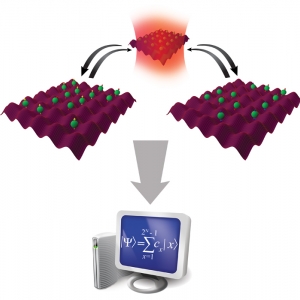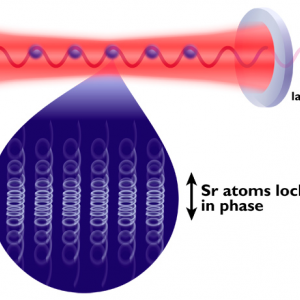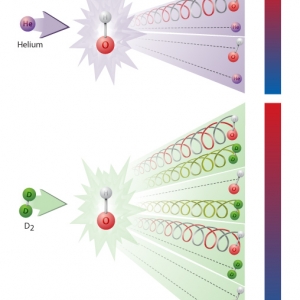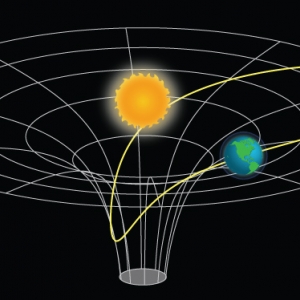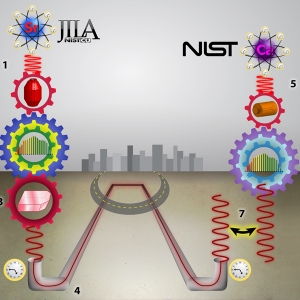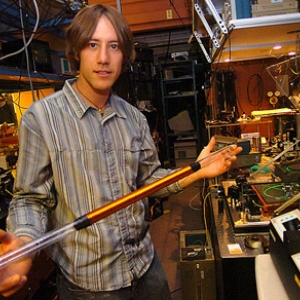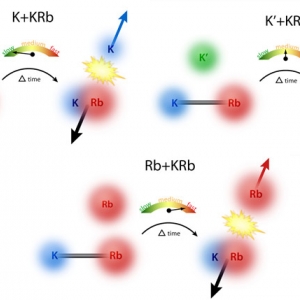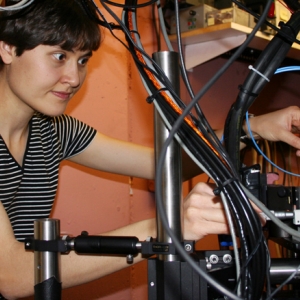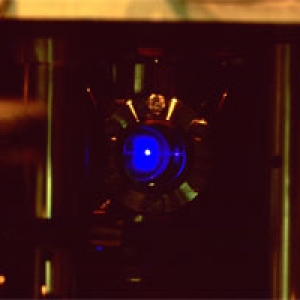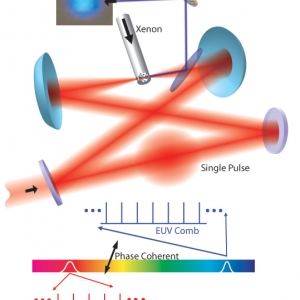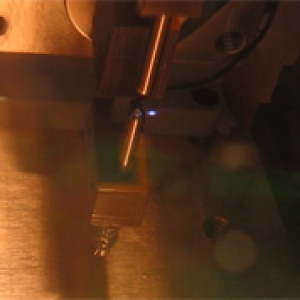Research Highlights
Laser Physics
A Quantum Leap for Precision Lasers
Published:
PI: Murray Holland | PI: Jun Ye
Laser Physics | Nanoscience | Precision Measurement
Stalking the X-Ray Frequency Comb
Published:
PI: Jun Ye
Laser Physics | Nanoscience | Precision Measurement
Every Breath You Take
Published:
PI: Jun Ye
Atomic & Molecular Physics
Lights, Magnets, Action!
Published:
PI: Carl Wieman | PI: Deborah Jin | PI: Jun Ye
Atomic & Molecular Physics
Exploring a Cold New World
Published:
PI: Chris Greene | PI: John Bohn | PI: Jun Ye
Laser Physics | Precision Measurement
The Quest for Stability
Published:
PI: John Hall | PI: Jun Ye
Atomic & Molecular Physics
There's Strontium in the Clock
Published:
PI: Chris Greene | PI: Jun Ye




